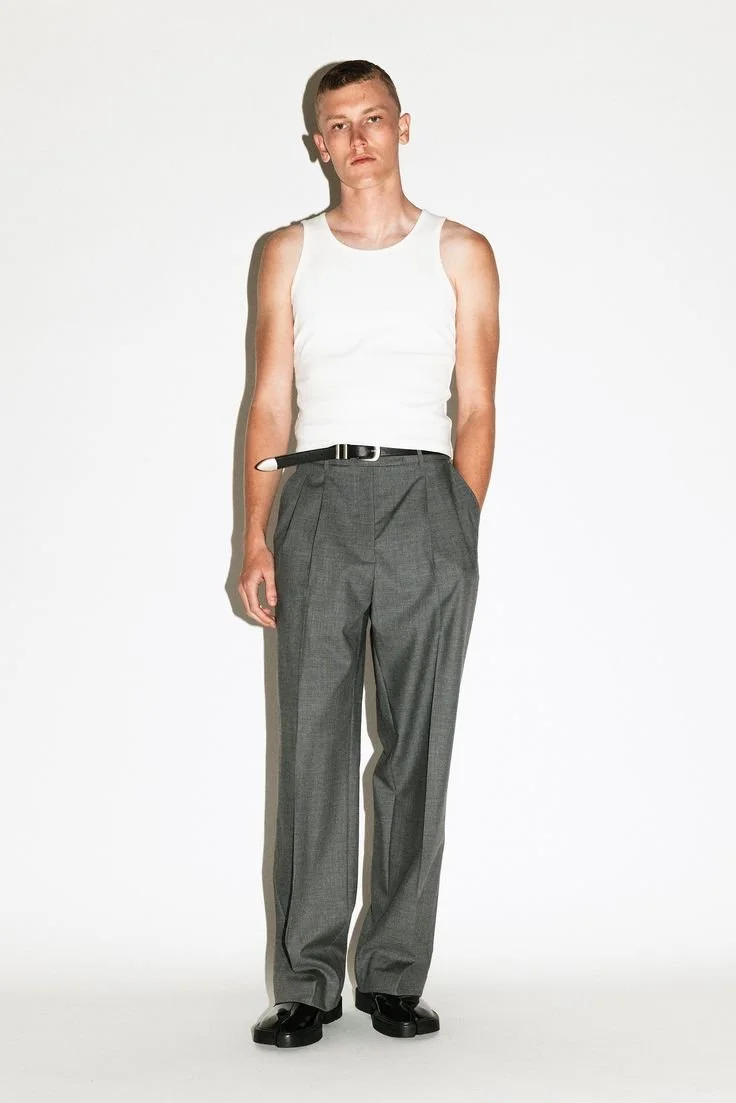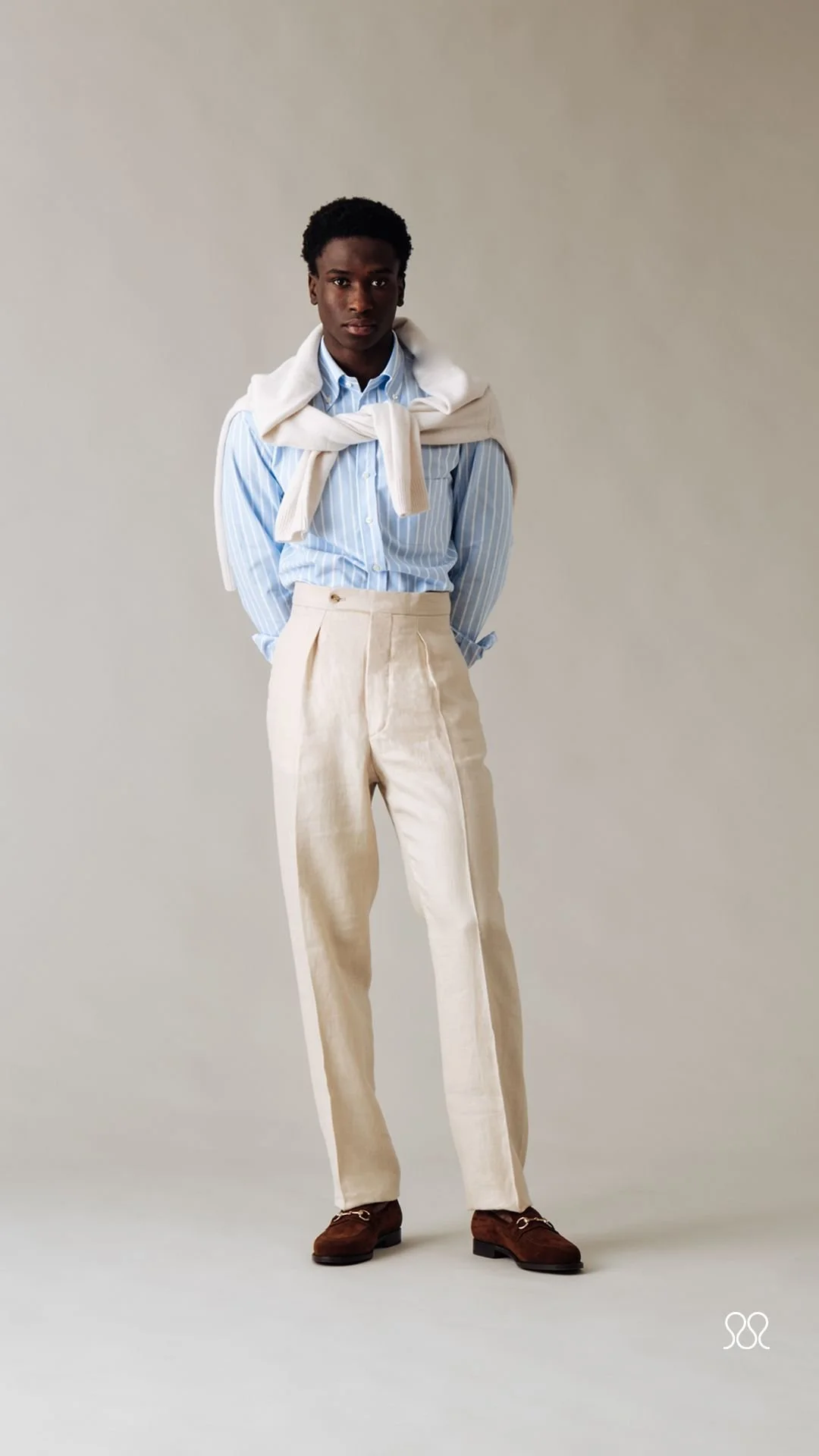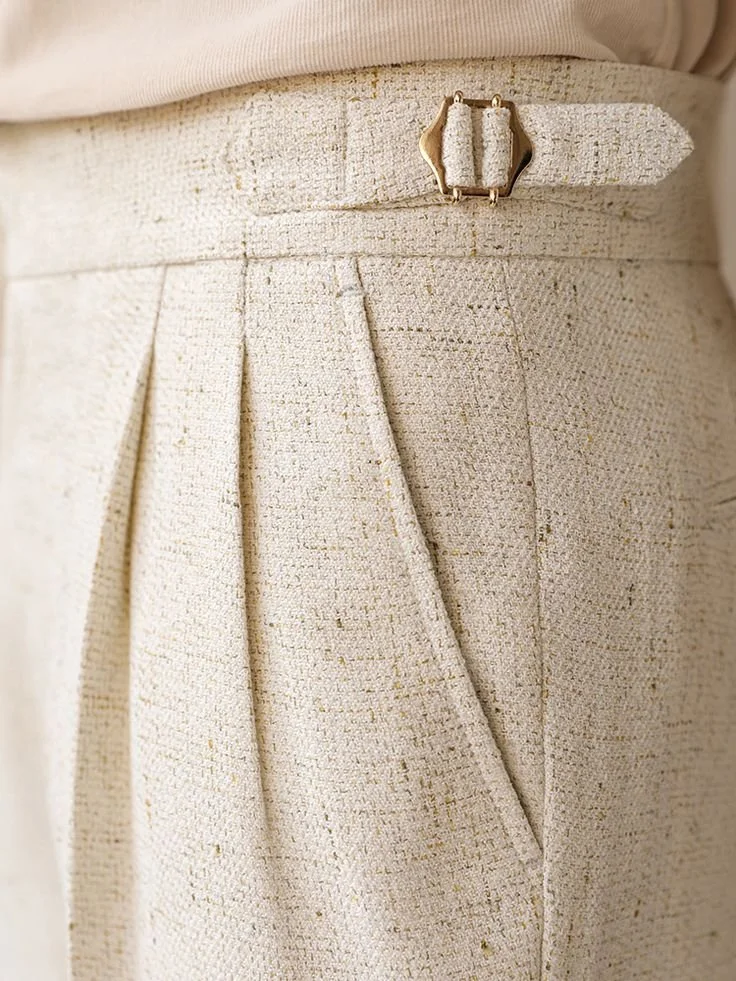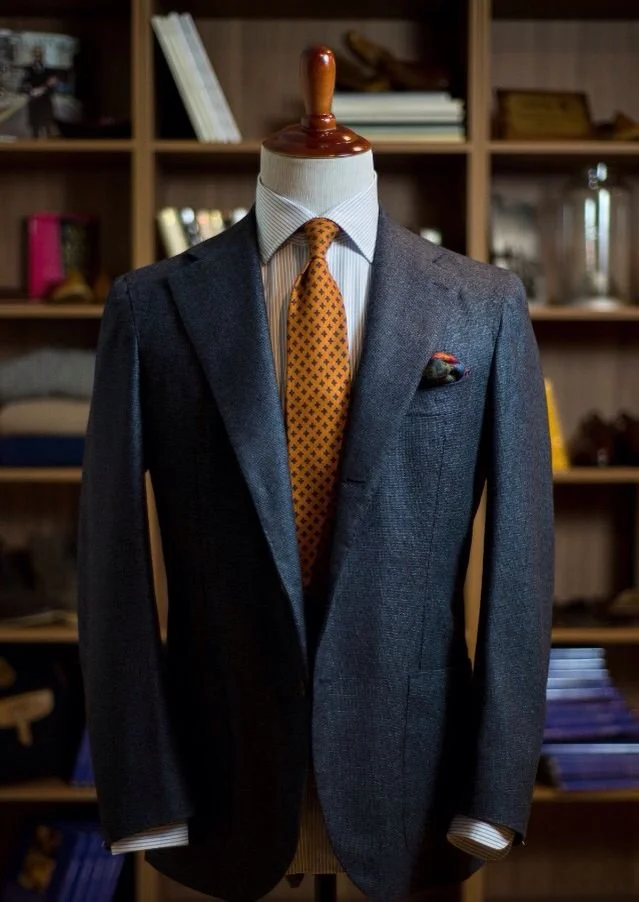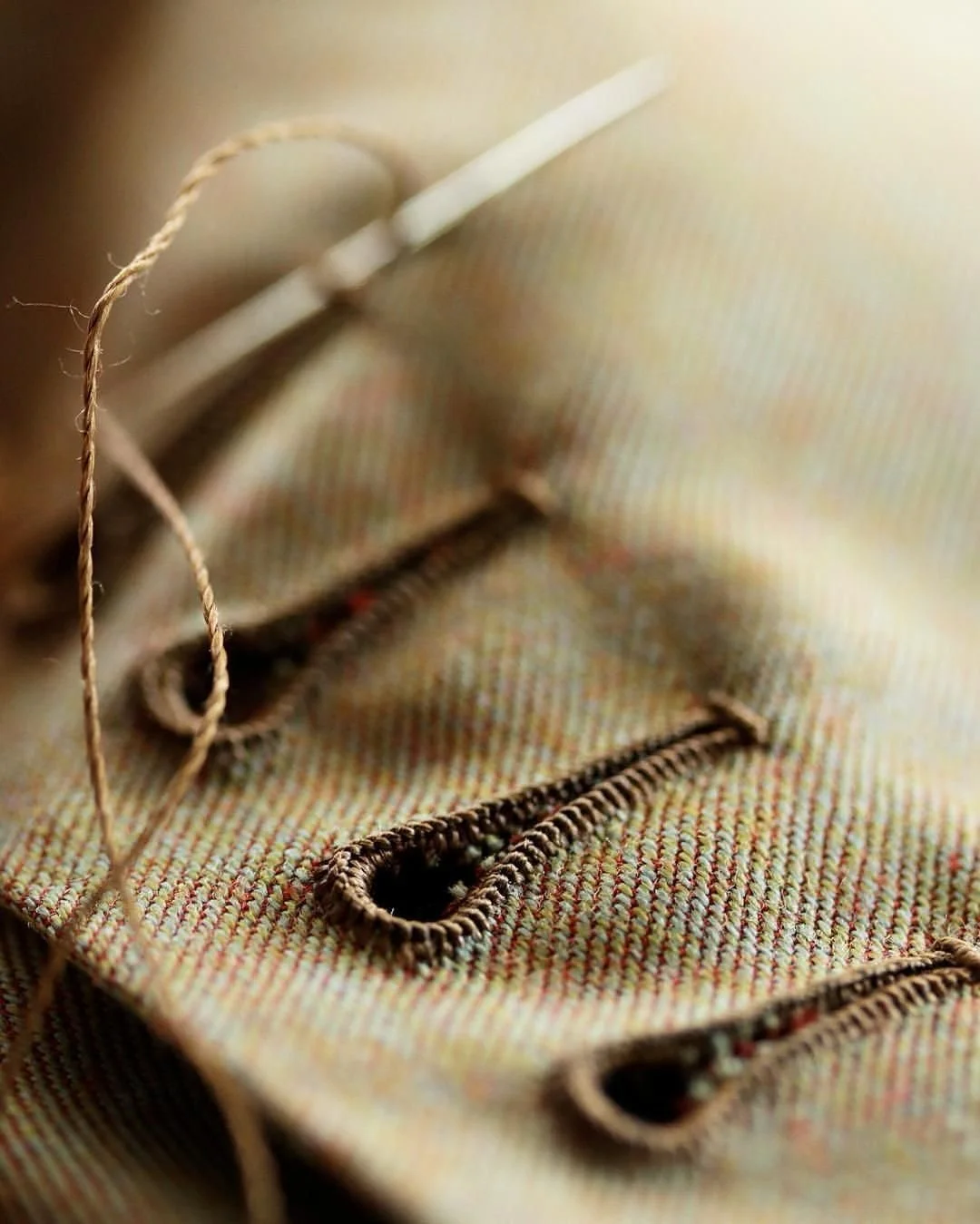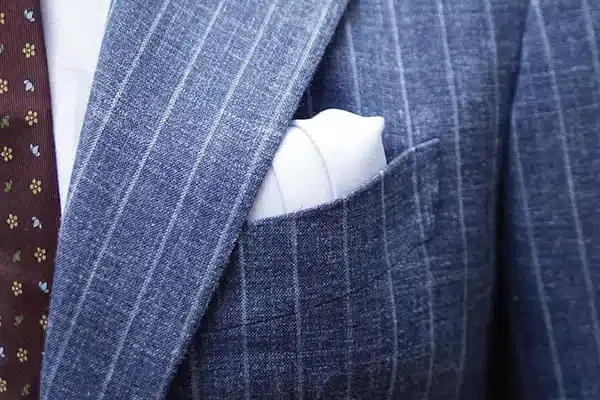🧵 Take Your Pace – Sartorial Edition
The Foundations of True Tailoring
Discover the foundations of true tailoring. From spalla camicia to barchetta pockets, explore the art of Neapolitan tailoring and classic sartorial menswear.
📖 Introduction
In a world of fast fashion, true elegance lives in the details. This series, Take Your Pace – Sartorial Edition, invites you to slow down and explore the deliberate art of tailoring. Whether you're refining your wardrobe or beginning your sartorial journey, understanding these timeless elements will help you invest wisely in quality garments that stand the test of time.
✂️ 1. Spalla Camicia – The Neapolitan Shoulder
Definition: Soft, natural, and unpadded shoulder construction resembling shirt sleeves.
A hallmark of Neapolitan tailoring, spalla camicia allows for superior comfort and movement, ideal for warmer climates and a relaxed yet polished silhouette. It reflects ease, grace, and a distinctly Italian interpretation of tailoring.
🧵 2. Full Canvas vs Half Canvas vs Fused Suits
Canvas is the hidden structure sewn between a suit's outer fabric and lining.
Full canvas: Best drape and breathability; molds over time.
Half canvas: Balanced cost and quality.
Fused suits: Glued construction; low durability and stiffness.
👖 3. Pleated Trousers
Pleats became synonymous with elegance during the 1930s golden age of menswear.
Single pleats: Cleaner silhouette.
Double pleats: More volume and movement—ideal for formal or vintage-inspired tailoring.
🧵 4. High-Rise Trousers
High-rise trousers sit at your natural waist, elongating the leg line and preserving the proportions of a structured jacket. They pair beautifully with tucked-in shirts and double-breasted jackets.
🧷 5. Side Tabs vs Belt Loops
A true sartorialist often opts for side tabs—a cleaner, more formal alternative to belt loops. Side adjusters keep the waistline uninterrupted, especially on high-waisted trousers or bespoke pants.
🧵 6. Pick Stitching – The Subtle Signature of Craftsmanship
Pick stitching is a barely visible detail hand-sewn along lapels, pockets, and seams to indicate a hand-finished suit. It adds texture, dimension, and a signal of bespoke craftsmanship.
🧵 7. Lapel Roll – The 3-Roll-2 Jacket
A 3-roll-2 lapel features three buttons, but the lapel rolls to the middle button, revealing tailoring finesse. This technique is a marker of hand-made construction, favored in classic Italian tailoring.
👔 8. Surgeon’s Cuffs – Functional Buttonholes
Functional sleeve buttonholes—known as surgeon’s cuffs—date back to wartime tailoring when field surgeons needed to roll their sleeves. Today, they're a subtle flex of your suit’s quality and origin.
🧵 9. Barchetta Pocket – The Little Boat
The barchetta pocket, meaning “little boat” in Italian, is curved and angled like the chest, often found in Neapolitan jackets. It adds movement and grace—another soft detail in an otherwise structured garment.
👕 10. One-Piece Collar Shirt
Unlike traditional collars, the one-piece collar is made from a single fabric panel and designed to stand and roll softly. It pairs perfectly with lightweight tailoring and open-collar looks—particularly popular in Southern Italy.
📌 Closing Thought: Style Without Compromise
True tailoring isn’t about status—it’s about structure, proportion, and detail. These ten fundamentals are your foundation for understanding the world of bespoke suits and timeless menswear.
Bookmark this article or share it with someone beginning their sartorial journey. And remember: in tailoring, fit is king—but craft is immortal.




